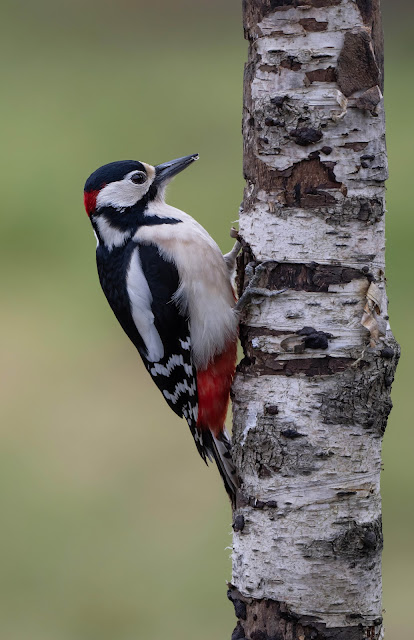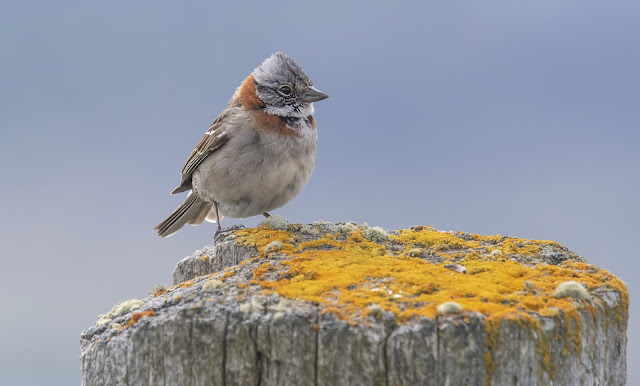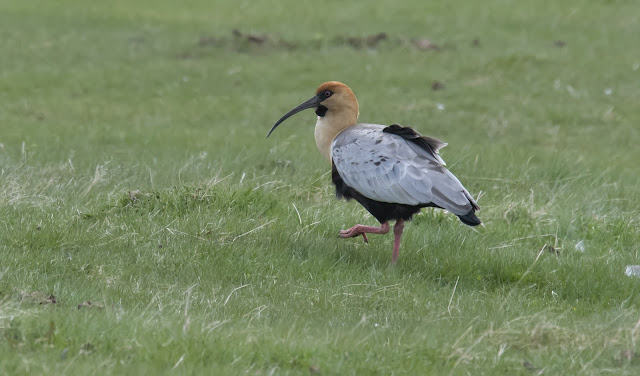Towards the end of 2024 Lisa and I visited Elmley. We had joined the Friends of Elmley back in late 2023, but had as yet not covered the cost with enough visits, so although we were unlikely to get full value from our membership, we managed to get pretty close. Elmley, from Sussex is a long way, so we were often put off by the drive.
However, we do love the place, and we always enjoy the odd visit we make. I have been going there for many years, either with Matt, or for some time, when I was a sales rep for a photographic company, I would sometimes drive all the way up the entrance track and back to see what I could spot.
For Lisa's birthday, I was planning on taking her to stay for a couple of nights in one of their shepherd huts, but during the winter we had 2 visits, one in late November and one in early February to give us a taste of what's to come when we stayed.
As ever, the Short-eared Owls were seen in good numbers, along with Bearded Tit. These birds during the winter turn to eating seeds, instead of insects, and during this time can often be seen feeding on top of the reeds and reedmace. Brown Hares are also always a treat at Elmley. Other birds found in good numbers are Barn Owl, Marsh Harrier and some unexpected rarities.
Male Bearded Tit.
The trip in November also turned out to be quite an expensive trip for me, as after the camera failed to focus on an approaching male Hen Harrier, I decided to invest in a new Nikon mirrorless camera that appearing by many comments, was much quicker at focussing on birds in flight. I doubt if I will ever get such a good opportunity to photograph a male Hen Harrier as close as this one came, but hopefully the frustration of the camera not focussing quick enough will be a thing of the past. The only photo I kept from this memorable moment is below. Probably the worst photo I have ever posted here!!
Male Hen Harrier.
Following the purchase of the mirrorless camera I'm pleased to report that things have been much better with flying bird photos.
The trip in early February was an improvement. Here I was using the mirrorless camera. Once again the Bearded Tits performed quite well, along with some Reed Bunting. However, needless to say, the male Hen Harrier didn't show at all!!
With most of the owls staying hidden until just before the reserve closed, very frustratingly, the day was saved by a fabulous Brown Hare, that we managed to get very close to as it fed on the grass along the footpath to one of the shepherd huts.
Male Bearded Tit doing the splits.
So close it now almost filled the frame.
This experience really saved the day for me, and probably is the experience that made us take the decision to book our visit to the shepherd hut. Our experience really was amazing, and will be the subject of my next post.







































.jpg)
























